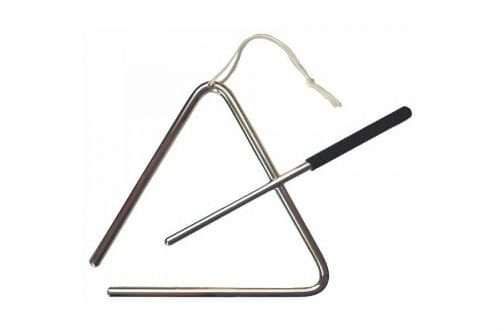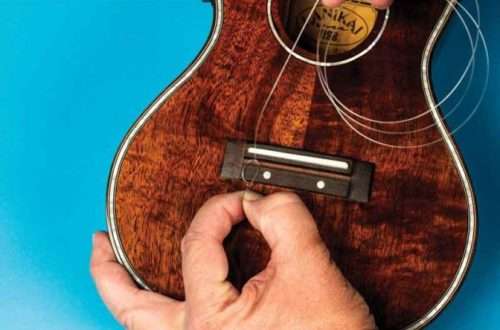How to use Sibelius? Creating our first scores together
Contents
Sibelius is an excellent program for working with musical notation, in which you can create both simple instrumental parts and large scores for any composition of performers. The finished work can be printed on a printer, and it will look as if it was laid out in a publishing house.
The main beauty of the editor is that it allows you to simply type notes and work on musical projects directly on your computer. For example, making arrangements or composing new pieces of music.
Let’s start working
There are 7 versions of this program for PC. The desire to improve each new version has not affected the general principles of work in the Sibelius program. Therefore, everything written here is equally applicable to all versions.
We will show you how to work in the Sibelius program, namely: typing notes, entering various types of notation, designing the finished score and listening to the sound of what was written.
A convenient wizard is used to open recent projects or create new ones.
Let’s create our first score. To do this, select “Create a new document” if the start window appears when you start the program. Or at any time in the program, press Ctrl+N. Select the instruments you’ll work with in Sibelius (or a score template), the font style of the notes, and the size and key of the piece. Then write the title and author’s name. Congratulations! The first measures of the future score will appear in front of you.
Introducing musical material
Notes can be entered in several ways – using a MIDI keyboard, a regular keyboard and a mouse.
1. Using a MIDI keyboard
If you have a MIDI keyboard or keyboard synthesizer connected to your computer via a MIDI-USB interface, you can type music text in the most natural way – simply by pressing the desired piano keys.
The program has a virtual keyboard for entering durations, accidentals and additional symbols. It is combined with the number keys on a computer keyboard (which are activated by the Num Lock key). However, when working with a MIDI keyboard, you will only need to change the durations.
Highlight the measure at which you will begin entering notes and press N. Play the musical material with one hand, and with the other turn on the desired note durations.
If your computer does not have number keys on the right (for example, on some laptop models), you can use the virtual keyboard with a mouse.
2. Using the mouse
By setting the scale to a large scale, it will be convenient to type music text with the mouse. To do this, click in the right places on the staff, simultaneously setting the required durations of notes and pauses, accidentals and articulations on the virtual keyboard.
The disadvantage of this method is that both notes and chords will have to be typed sequentially, one note at a time. This is long and tedious, especially since there is a possibility of accidentally “missing” the desired point on the staff. To adjust the pitch of a note, use the up and down arrows.
3. Using a computer keyboard.
This method, in our opinion, is the most convenient of all. Notes are entered using the corresponding Latin letters, which correspond to each of the seven notes – C, D, E, F, G, A, B. This is the traditional letter designation of sounds. But this is just one way!
Entering notes from the keyboard is convenient because you can use many “hot keys” that increase productivity and typing speed significantly. For example, to repeat the same note, simply press the R key.
By the way, it’s convenient to type any chords and intervals from the keyboard. In order to complete an interval above a note, you need to select an interval number in the row of numbers that is located above the letters – from 1 to 7.
Using the keys, you can also easily select the desired durations, accidental signs, add dynamic shades and strokes, and enter text. Some operations, of course, will have to be done with the mouse: for example, switching from one staff to another or highlighting bars. So in general the method is combined.
It is permissible to place up to 4 independent voices on each staff. To start typing the next voice, highlight the bar in which the second voice appears, press 2 on the virtual keyboard, then N and start typing.
Adding additional characters
All functions for working with staves and the musical text itself are available in the “Create” menu. You can use hotkeys to quickly access them.
Leagues, volts, octave transposition symbols, trills and other elements in the form of lines can be added in the “Lines” window (L key), and then, if necessary, “extended” them with the mouse. Leagues can be quickly added by pressing S or Ctrl+S.
Melismatics, signs to indicate specific performance on different instruments, and other special symbols are added after pressing the Z key.
If you need to place a different key on the staff, press Q. The size selection window is called up by pressing the English T. The key signs are K.
Score design
Usually Sibelius itself arranges the bars of the score in the most successful way. You can also do this by manually moving lines and measures to the desired place, and also “expanding” and “contracting” them.
Let’s hear what happened
While working, you can listen to the result at any time, identify possible errors and evaluate how it might sound during a live performance. By the way, the program provides for setting up “live” playback, when the computer tries to imitate the performance of a live musician.
We wish you pleasant and fruitful work in the Sibelius program!
Author – Maxim Pilyak




